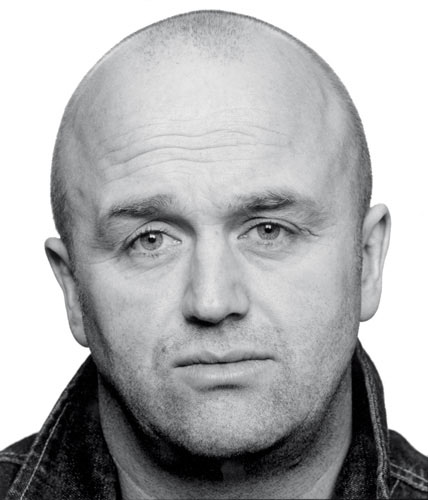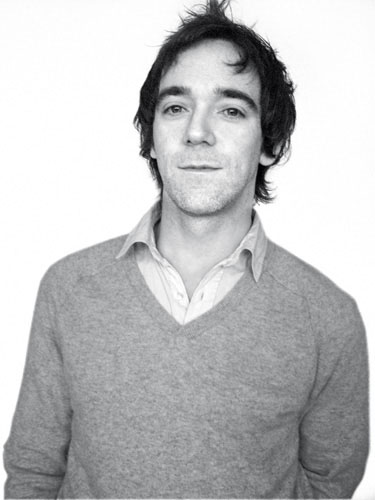Voxpop
‘Graphics has hit a watershed, not knowing which way to go from here. With all stylistic trends plundered, is there anywhere to go but backwards?’ So asked Mike Dempsey while judging this year’s Design Week Awards. Is he right, and where can the sector go creatively?

What goes around, comes around. Designers have always been inspired by design movements and heroes. It’s an essential part of any design education. However, many designers today only seem inspired by the latest trendy design magazine. The result is a deep rut, where every job looks the same, every client looks the same and production techniques become a poor substitute for ideas. Going forward, the industry must be brave. Identify what makes clients unique, and reflect this in the work produced for them.
Garry Blackburn, Partner, Rose Design

The watershed was hit quite some time ago. There is no backwards. Putting stylistic trends and creative reference points to one side, the present creative industry landscape is defined by two factions. First, the large financially astute consultancies; influential, powerful yet creatively lacking. Second, the small, culturally astute studios; influential, powerless and financially lacking. In an extremely sophisticated marketplace, both are disappointing. The middle ground is where I think the future lies, which is what successful, large or small, contemporary design cultures have known for quite some time. Among all the talk, this is where the interesting creative work has come from and they’ve quietly been getting on with it.
Jonathan Ellery, Founder, Browns

It is painful and ridiculous to think that going backward is the way forward. Some say there is no such thing as an original idea, but there is, and that’s exactly what designers are for. In fact, never has graphic design needed to work so hard to be fresh and original as now.
Jim Stoddart, Art director, Penguin Press





I’ve just re-read the Tibor Kalman’s book and two quotes spring to mind:
1. “Good clients are smarter than you. Bad clients are dumber than you.”
I’ve had bad clients who told me exactly what to do – ‘my wife likes green’ kind of input. I’ve also had good clients who let me make decisions and didn’t crucify me for the (very occasional) mistakes.
and 2.”New ideas exist in high art (often called art) and low art (sometimes called vernacular). I have never found much in between.” That’s spot on for where we’ve been, where we are, and where we might be going…
The way forward is an embrace of the possibilities of true language conglomerates. Especially in these here Estados Unidos, we must incorporate the study of multiple languages in typographic education, with more intense focus on economic and historical studies beyond formal graphic training as well.
We must also imagine and act on a new future en masse, difficult but never before more possible than today with our global infrastructure, both economic and in Unicode.
New languages mean new forms. This is the the true meaning of the globalization of typography and graphic design.
Erik Brandt, Designer/Educator, Geotypografika